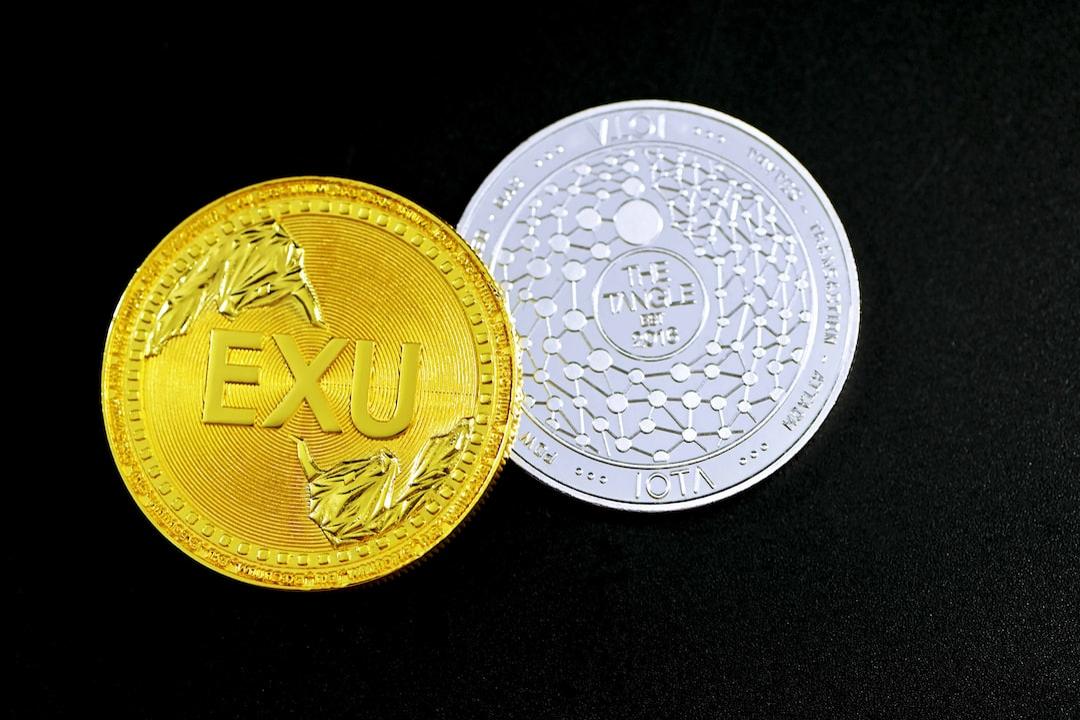Dune is a powerful platform that focuses on analyzing Web3 data, providing comprehensive data analysis tools for the cryptocurrency market and blockchain technology users free of charge.
Why is analyzing on-chain data important?
In the highly digitalized era, Dune Analytics’ data analysis tools provide users with real-time market dynamics and price trends, helping them formulate better investment strategies.
How does Dune obtain data?
Dune accesses blockchain data captured by node creators through APIs. This allows Dune to focus on creating the best data access experience, while node creators can concentrate on executing nodes as efficiently as possible.
For example, let’s explore Dune together:
Dune offers relatively comprehensive and accurate data analysis and market information for both novice and professional investors. Dune has raised a total of $80 million in three rounds of financing from giants such as Dragonfly, Multicoincap, and Coinbase.
On Ethereum and other blockchain platforms, data is stored on the chain. This means that all transactions, contract states, and events are recorded on the blockchain and cannot be tampered with or deleted.
Therefore, tracking on-chain data is crucial for the development and use of blockchain-based applications. It ensures data accuracy and integrity, allows real-time monitoring of contract states and transactions, facilitates analysis and prediction of market trends, and enables the automatic execution of smart contracts triggered by specific events or conditions.
In comparison to traditional industries, obtaining and analyzing data on the blockchain is easier. Although the technical details of each chain may vary, every blockchain follows the logic of “submit transaction – reach consensus – add to the chain”. Various consensus mechanisms exist in the blockchain, but once consensus is reached, information about the latest block is broadcasted throughout the blockchain network, allowing all nodes to know about this new block and record it.
The data obtained from node creators is generally in the form of hash byte codes. After receiving these byte codes, Dune’s data engine extracts them into a set of tables called “raw data” and then parses them through smart contracts.
After data parsing, it is structured into readable visual charts and dashboards using SQL, a high-level language used for storing, manipulating, and retrieving data in databases.
Upon opening the Dune website, many trend dashboards can be seen, including on-chain statistics of various DApps such as Ethereum, Arbitrum, and Optimism. One example is the digital dashboard of @LayerZero_Labs.
From this dashboard, key information can be extracted, such as:
– More than one million wallets are using LayerZero.
– Users who have made more than ten transactions (generally considered active real users) account for 15%.
– Users who have used LayerZero for less than a month account for 66%.
Additionally, custom digital dashboards can be created. If you are proficient in SQL, you can directly write query code in the Dune panel. Furthermore, ChatGPT can be used to generate SQL query code.
In conclusion, Dune is a powerful tool with intuitive data dashboards. With the combination of ChatGPT and Dune, it can greatly help Web3 players, developers, etc., to better understand the digital asset market and blockchain networks, formulate better investment and trading strategies, optimize DApps and smart contracts, and enhance the security and reliability of blockchain networks.


